Life
Sign up for our newsletter
We summarize the week's scientific breakthroughs every Thursday.
-
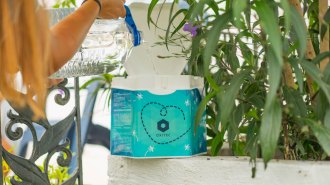 Animals
AnimalsGenetically modified mosquitoes could be tested in California soon
The EPA also OK’d more trials in Key West, Fla. Both states now get their say in whether to release free-flying Aedes aegypti to sabotage their own kind.
By Susan Milius -
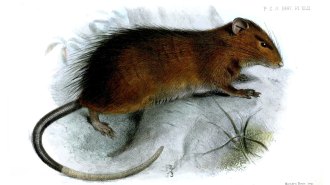 Genetics
GeneticsAn extinct rat shows CRISPR’s limits for resurrecting species
Scientists recovered most of the Christmas Island rat’s genome. But the missing genes signal a problem for using gene editing to de-extinct species.
By Anna Gibbs -
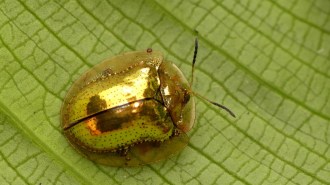 Animals
AnimalsMirror beetles’ shiny bodies may not act as camouflage after all
Hundreds of handmade clay nubbins test the notion that a beetle’s metallic high gloss could confound predators. Birds pecked the lovely idea to death.
By Susan Milius -
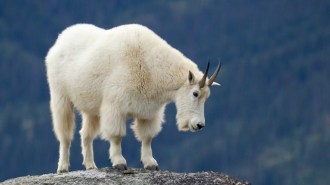 Animals
AnimalsCulturally prized mountain goats may be vanishing from Indigenous land in Canada
As fewer mountain goats are spotted along British Columbia’s central coast, First Nations people team up with biologists to assess the population.
-
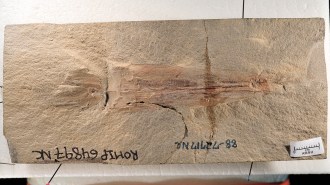 Paleontology
PaleontologyScientists are arguing over the identity of a fossilized 10-armed creature
An ancient cephalopod fossil may be the oldest ancestor of octopuses, but the interpretation hinges on the identification of one feature.
By Anna Gibbs -
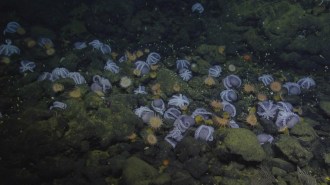 Oceans
OceansSome deep-sea octopuses aren’t the long-haul moms scientists thought they were
Off California’s coast, some octopuses lay eggs in the warmer water of geothermal springs in the “Octopus Garden,” speeding up their development.
-
 Animals
AnimalsThis newfound tarantula is the first known to make its home in bamboo
Bamboo stems provide the spider with ready-made burrows and nests, but the arachnid must rely on other animals or natural forces to gain entry.
By Becki Robins -
 Life
LifeSome E. coli set off viral grenades inside nearby bacteria
A bacterial toxin called colibactin awakens dormant viruses embedded in bacterial DNA, but its ecological role is still unknown.
-
 Neuroscience
NeuroscienceA hit of dopamine sends mice into dreamland
New results are some of the first to show a trigger for the mysterious shifts between REM and non-REM sleep in mice.
-
 Health & Medicine
Health & MedicineFecal transplant pills helped some peanut allergy sufferers in a small trial
In a small study, a one-day fecal microbiota transplant allowed some peanut-allergic adults to safely eat one to two peanuts several months later.
-
 Science & Society
Science & Society‘Fresh Banana Leaves’ shows how Western conservation has harmed Indigenous people
Author and environmental scientist Jessica Hernandez discusses Indigenous displacement, conservation’s failures and how to improve the field.
-
 Life
LifeAfrica’s fynbos plants hold their ground with the world’s thinnest roots
Long, thin roots help this South African shrubland commandeer soil nutrients and keep the neighboring forest from encroaching on its territory.
By Jake Buehler